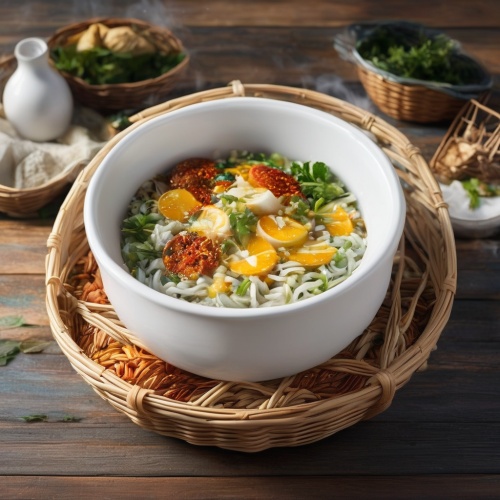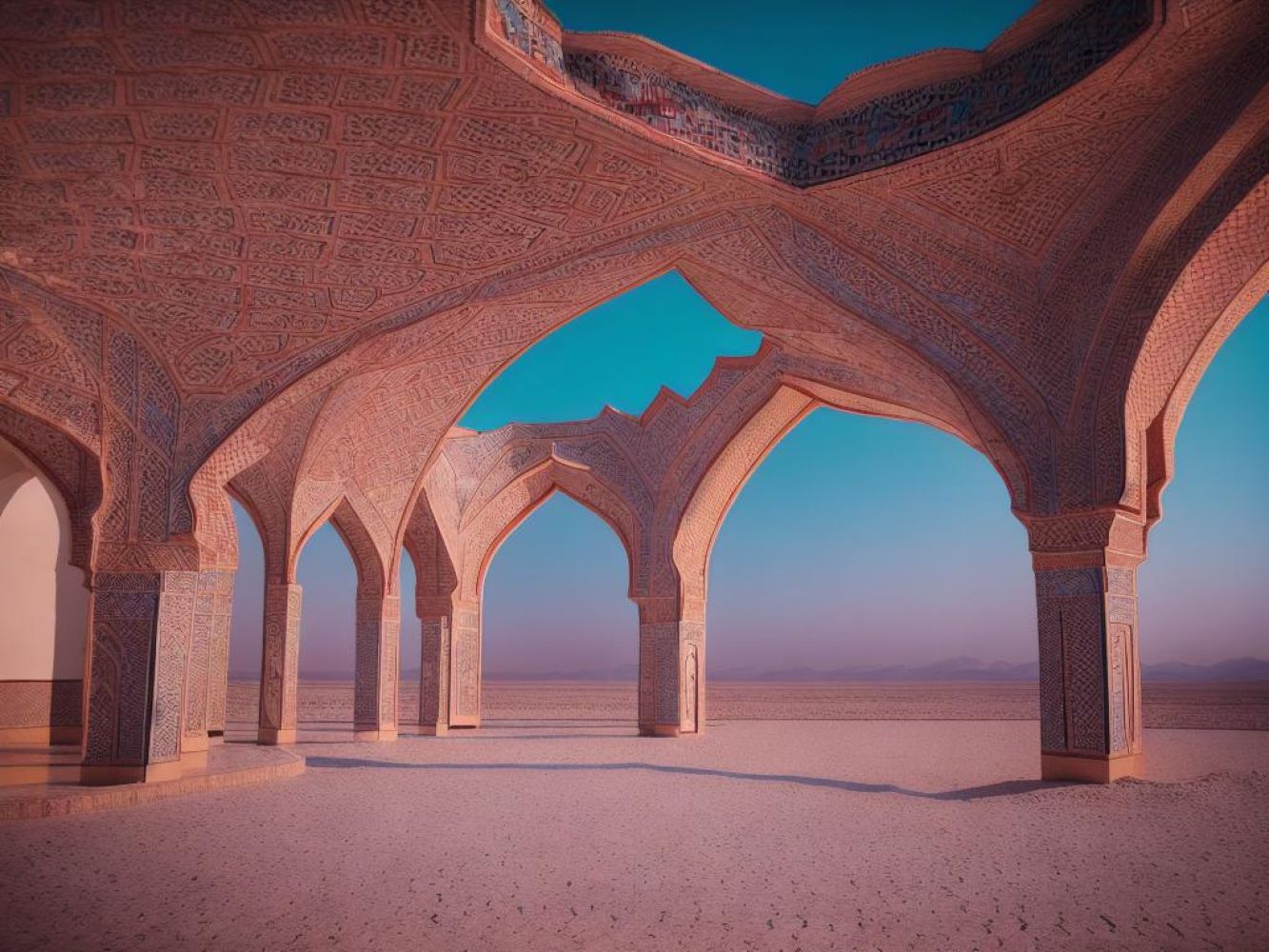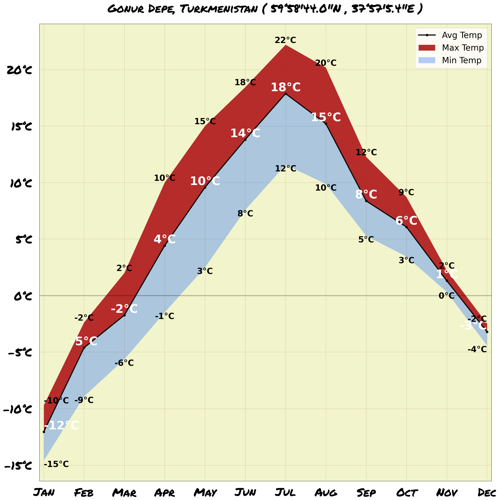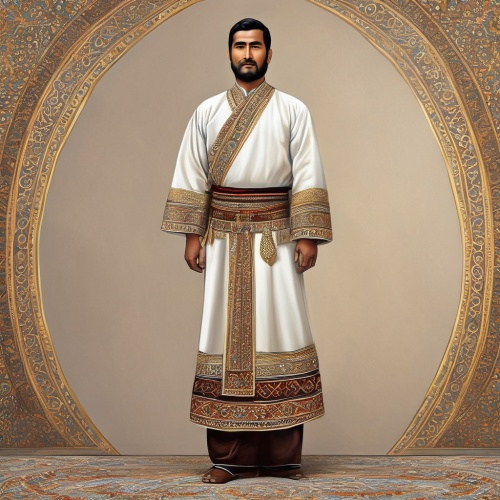Understand
Gonur Depe, a significant Bronze Age site in Turkmenistan, offers a fascinating glimpse into ancient civilizations. Dating back to the first half of the second millennium BC, this site flourished alongside the Mesopotamian and Indus Valley civilizations. Excavations by the Margiana Archaeological Expedition led by Russian archaeologist Victor Sarianidi have uncovered a wealth of artifacts and structures. Gonur Depe was once the capital of Margiana, a region spanning over 3000 square kilometers with more than 70 oasis and 150 settlements. The city itself was a rectangular fortress with formidable defensive walls, semicircular bastions, and adobe buildings. Sarianidi's discoveries include a palace, temples with fire altars, and evidence of the birthplace of Zoroastrianism, an ancient religion centered around the concept of good versus evil. Additionally, the excavation revealed a fascinating cult that utilized a ceremonial drink called Haoma, made from poppy, hemp, and ephedra. According to the Avesta, the holy book of Zoroastrianism, this drink was believed to possess curative properties, representing a deity that alleviates suffering. In 2009, a remarkable royal tomb was unearthed, containing the remains of dogs, a bronze-rimmed cart with wheels, and a massive bronze cauldron consisting of seven spherical tanks. Gonur Depe stands as a testament to one of the greatest civilizations of the ancient world, alongside Mesopotamia, Egypt, India, and China, offering a captivating window into humanity's past.
Get in
Gonur Depe, an ancient archaeological site, is located 60 km north of Mary. To reach the site, you will need a 4WD vehicle as the road includes a rough track in the desert. It takes approximately two hours to drive from Mary to Gonur Depe, and you should allocate around two hours for the visit. The trip can be arranged from Mary, with the cost of $40 for the car and driver, and an additional $30 for a guide. Be prepared, as the trip can be physically demanding but incredibly rewarding!
Map & Climate
Map & Climate
Popular Foods
 Plov (also spelled as plov or pilaf), sometimes referred to as the "national dish of Turkmenistan," is a rice dish that typically includes beef or lamb, carrots, onions, and spices such as cumin and coriander. The dish is cooked slowly on low heat, allowing the flavors to combine and the rice to become infused with the other ingredients. Plov is often served with a side of yogurt and pickles, which provide a tangy contrast to the richness of the main dish.
Plov (also spelled as plov or pilaf), sometimes referred to as the "national dish of Turkmenistan," is a rice dish that typically includes beef or lamb, carrots, onions, and spices such as cumin and coriander. The dish is cooked slowly on low heat, allowing the flavors to combine and the rice to become infused with the other ingredients. Plov is often served with a side of yogurt and pickles, which provide a tangy contrast to the richness of the main dish. Manty is a type of traditional dumpling found throughout Central Asia, including Turkmenistan. These small, round dumplings are made from unleavened dough and filled with a mixture of ground meat, typically beef or lamb, and herbs. They can be boiled, fried, or steamed and are often served with a sour cream or yogurt sauce, as well as a side of fresh vegetables. Manty are a versatile dish, enjoyed at various times of day, from breakfast to dinner.
Manty is a type of traditional dumpling found throughout Central Asia, including Turkmenistan. These small, round dumplings are made from unleavened dough and filled with a mixture of ground meat, typically beef or lamb, and herbs. They can be boiled, fried, or steamed and are often served with a sour cream or yogurt sauce, as well as a side of fresh vegetables. Manty are a versatile dish, enjoyed at various times of day, from breakfast to dinner. Chaukarma is a dish consisting of thinly sliced lamb, normally served raw but can also be cooked, mixed with various herbs and spices, and wrapped in a flatbread called non. This dish, which originates from the Turkmen desert, is a popular street food. It's often eaten during special occasions or festivals, reflecting the nomadic culture of the region. Chaukarma offers a unique blend of flavors, showcasing the simplicity and heartiness of Turkmen cuisine.
Chaukarma is a dish consisting of thinly sliced lamb, normally served raw but can also be cooked, mixed with various herbs and spices, and wrapped in a flatbread called non. This dish, which originates from the Turkmen desert, is a popular street food. It's often eaten during special occasions or festivals, reflecting the nomadic culture of the region. Chaukarma offers a unique blend of flavors, showcasing the simplicity and heartiness of Turkmen cuisine.




Comments
NO COMMENTS